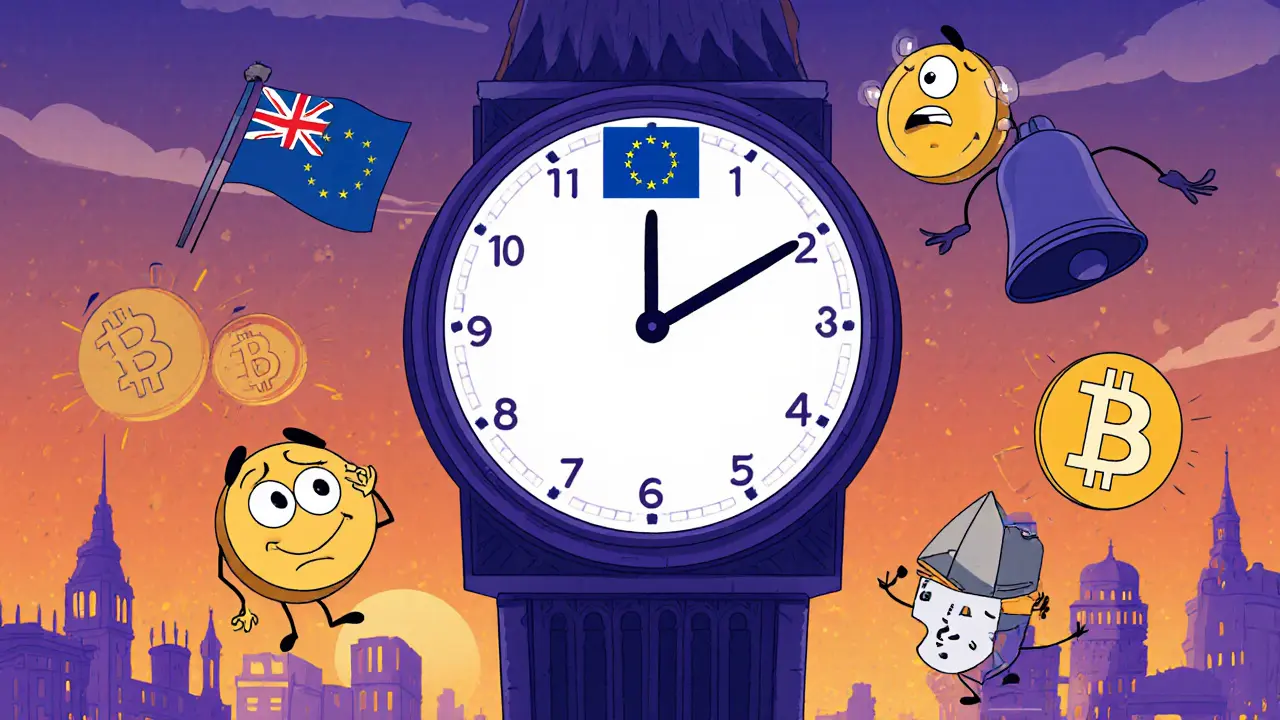MiCA Regulation: What Every Crypto Player Needs to Know
When working with MiCA, the EU’s Markets in Crypto‑Assets Regulation that sets rules for crypto assets and service providers across the bloc. Also known as Markets in Crypto‑Assets Regulation, it aims to create a uniform market, protect consumers, and stop illegal activity. MiCA is the cornerstone for anyone looking to launch or operate a crypto service in Europe.
How MiCA Fits Into the Wider EU Crypto Regulation Landscape
EU crypto regulation has been fragmented for years, with each member state applying its own rules. EU crypto regulation, the broader set of laws governing digital assets in the European Union, suddenly got a single backbone thanks to MiCA. This umbrella law unifies licensing, disclosure, and market‑making requirements, making it easier for firms to plan long‑term strategies. The result? A clearer path from national pilots to a continent‑wide market.
One of the biggest changes is how crypto asset service providers, or crypto asset service providers, businesses that offer custody, exchange, or advisory services for crypto assets, are treated under the new regime. Previously, a provider might need several national licenses; now a single EU licence can cover all. This shift not only cuts costs but also forces providers to meet stricter transparency and governance standards.
MiCA encompasses a passport system that lets licensed firms operate across all EU member states without reapplying. The passport builds on the EU crypto regulation framework and directly influences cross‑border crypto services. In practice, once you have the EU licence, you can launch in Paris, Berlin, and Madrid with the same compliance package. This creates a true single market for digital assets, similar to how traditional banking passports work.
The regulation also lays out clear compliance duties. Service providers must publish a detailed prospectus, maintain capital buffers, and implement robust AML procedures. Non‑EU firms looking to enter the market must appoint an EU representative and adhere to the same passport rules. This means a US‑based exchange can legally serve European users as long as it respects MiCA’s licensing and reporting obligations.
Token classification is another pillar. MiCA differentiates between asset‑referenced tokens, e‑money tokens, and other crypto assets, assigning each a specific set of requirements. For example, stablecoins pegged to a single fiat currency fall under the e‑money token regime and must hold reserves equal to their circulating supply. Asset‑referenced tokens that track baskets of assets face stricter disclosure rules. Understanding these categories is essential for anyone issuing or investing in tokens within the EU.
All these pieces—EU crypto regulation, the passport system, compliance duties, and token classification—create a tightly linked ecosystem. If you’re a trader, developer, or regulator, the landscape you’ll navigate is shaped by MiCA’s rules. Below you’ll find detailed guides, how‑to articles, and deep dives that break down each aspect, from getting your passport licence to handling cross‑border services and staying compliant as a non‑EU firm.
